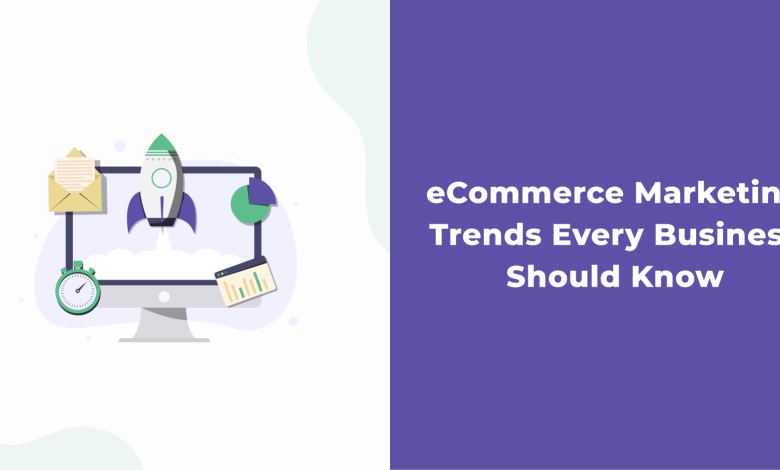How To Create Engaging Headings For An Online Store?

A title and meta description (a brief description of the page) is what SEO specialists look at first when auditing a website. There are various rules for creating engaging headings for online stores.
Below, we will review how to craft attractive headings for ecommerce websites.
What Is Meta Title and Meta Description?
The title tag is nothing more than the title of the page, and the meta description is a brief description of the page. The length of the title tag should preferably not exceed 65 characters (otherwise the title will not completely fit in the snippet on the search results), and the meta description tag should not be longer than 140 characters. Both of these elements form a snippet and appear in the search results.
We would describe the structure of headings and descriptions of the online stores pages as follows:
- Home page – you should set title and description manually;
- Category pages – depending on the number of categories;
- Subcategory pages – depending on the structure of the site, but more often according to a template;
- Product pages – according to the template;
- Statistical pages – manual installation.
Related: Web Design Mistakes to Avoid for a Better Website
The Rules To Create Engaging Headings For Online Stores
- The length of the title should be at least 40 characters and no more than 150. The optimal value is 70-80 characters, but remember that Google only shows the first 50-55 characters of the title;
- The title should accurately reflect the essence of the page and be unique within the TOP10;
- The title must contain keywords.
We place the most frequent keywords closer to the left edge.
The title and meta description tag for the main page is usually set manually. However, for example, for subcategories and product pages, manual title creation would be really hard work, because large online stores can have thousands of products and the new ones can be added weekly. Therefore, there are schemes due to which the title tag and meta-description are automatically generated.
In the case of popular CMS, there are special plugins (for example, for WordPress – YoastSEO, for Joomla – sh404sef), which allow you to automatically generate titles and descriptions for pages. If a self-written CMS is used, then it will not be easy to do without the services of a developer.
Related: The Future of eCommerce: Marketing Trends Every Business Should Know In 2022
Template Headers For Online Stores
We have come to the most interesting point, the template headings for product pages. There are many options for making headlines, there is no universal formula. The choice of method depends on many factors, including the frequency of category queries, the frequency of product queries, the competition of these queries, the uniqueness of headings within the TOP-10 search results, and other factors.
In the case of generating a meta description, the best solution is to load the first 140 characters of this page.
Of course, the schemes may be different. It all depends on the structure of the online store, and in some cases a different scheme for creating the page title and meta description tag is necessary.
Do not forget that search algorithms can change the title in the SERP at their discretion and pull it up from the subtitles if it is more relevant to the search query.
Since we’ve talked about page titles and descriptions, it’s worth mentioning another meta tag, meta keywords. Today, this tag is not as relevant as it was 10 years ago, and Google assures that it does not use it when ranking, but the value for meta keywords can be taken into account when ranking a site.




